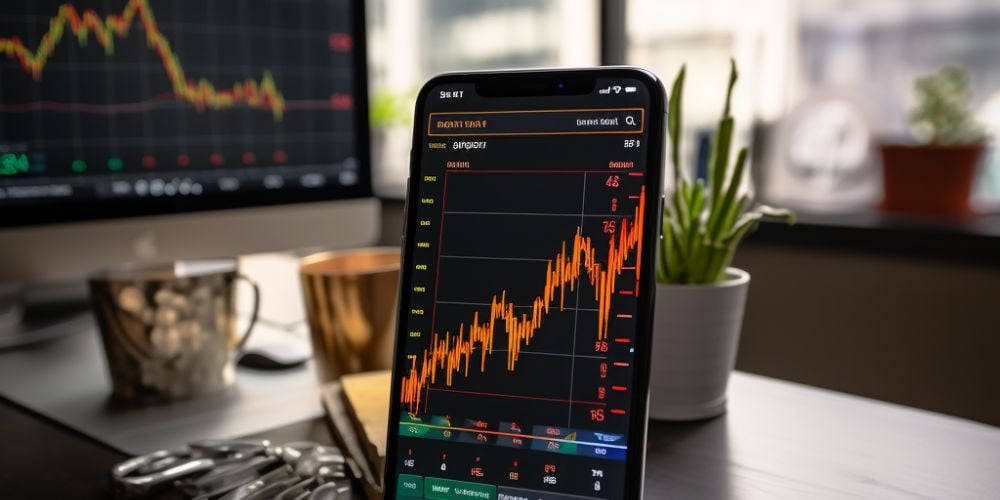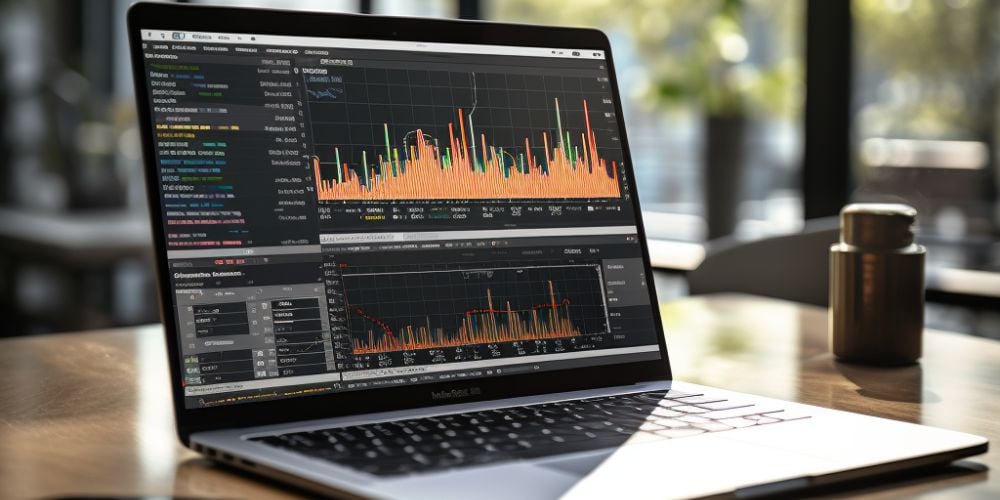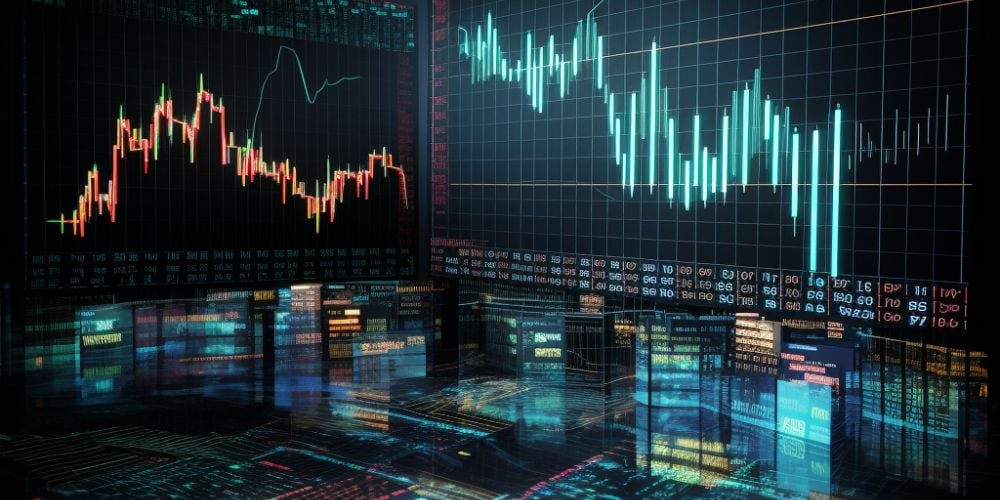After-hours trading, also known as extended-hours trading, refers to the buying and selling of stocks on major exchanges outside of regular trading hours, which are typically from 9:30 a.m. to 4:00 p.m.
Eastern Time. The phenomenon of stocks spiking after hours has intrigued investors and traders alike.
But, why do stocks spike after hours? What are the actual reasons behind this phenomenon?
In this article, we will delve into the factors that contribute to after-hours stock spikes, explore examples of notable spikes, discuss the risks and benefits of after-hours trading, and provide tips on how to navigate this unique market situation.
Why Do Stocks Spike After Hours? (5 Factors that Contribute the Most)
News Releases and Earnings Reports
Companies often release important news and earnings reports outside of regular trading hours, such as after the market closes.
These announcements can include positive or negative surprises, such as better-than-expected earnings or a significant business development. The impact of unexpected news can cause a spike in stock prices after hours.
Notable examples include pharmaceutical companies announcing successful clinical trial results for new drugs, technology companies unveiling breakthrough innovations, or retailers reporting robust holiday season sales.

These news releases can generate excitement and attract after-hours traders looking to capitalize on the market’s reaction to the news.
The timing of the news release is critical. Companies may strategically choose to disclose significant information after hours to avoid wide price swings during regular trading hours.
This enables shareholders, analysts, and news outlets to fully digest the information before participating in after-hours trading.
Analyst Upgrades and Downgrades
Analysts frequently upgrade or downgrade their recommendations on stocks outside of regular trading hours, based on new information or changing market dynamics. Such changes in analyst sentiment can exert a significant influence on stock prices, leading to spikes after hours.
Analyst upgrades are often driven by positive changes in a company’s fundamentals, such as better-than-expected earnings results, new product launches, or strategic partnerships.
Conversely, downgrades may result from disappointing financial performance, regulatory concerns, or shifts in market trends.
Investors and traders pay close attention to analyst ratings, as these recommendations can influence market sentiment and prompt after-hours trading activity.
However, it is important to exercise caution, as analyst upgrades or downgrades do not guarantee future stock price movements.
Market Sentiment and Speculation
After the market closes, market sentiment can shift due to various factors, including economic indicators, geopolitical events, or investor news flow.
As investors process and interpret this new information, they may engage in after-hours trading, resulting in stock price spikes.
For example, if a positive economic report is released after hours, such as robust job growth or better-than-expected GDP growth, investors may anticipate a bullish market reaction and act accordingly by buying stocks after hours.
This speculation can cause prices to spike.
Additionally, geopolitical events, such as trade negotiations, political turmoil, or global economic developments, can impact market sentiment and prompt after-hours trading activity.
Traders carefully analyze these events and assess their potential impact on specific stocks and sectors.

Trading Volume and Liquidity
During regular trading hours, there is typically higher trading volume and liquidity, which helps moderate stock price movements.
However, after hours, trading volume tends to be lower, and this lower liquidity can amplify the impact of any buy or sell orders, leading to more pronounced stock spikes.
Lower trading volume and liquidity after hours create an environment where even a small number of buy or sell orders can lead to significant price movements.
This volatility can be particularly evident in stocks with lower average daily trading volume or stocks that are under increased investor scrutiny.
Traders and investors need to be cautious when trading illiquid stocks after hours, as the bid-ask spread may widen considerably due to the lack of liquidity.
Wider spreads can increase trading costs and impact the execution of orders, potentially leading to suboptimal returns.
Examples of After-Hours Stock Spikes
Tesla Inc. (TSLA)
After-hours stock spikes can occur in reaction to earnings announcements.
In July 2020, Tesla reported better-than-expected quarterly earnings after the market closed, leading to a significant surge in its stock price after hours.
Biogen Inc. (BIIB)
Biogen experienced a notable after-hours stock spike in June 2021 when news broke that the U.S. Food and Drug Administration (FDA) had approved the company’s Alzheimer’s drug.
The unexpected approval caused a surge in the stock price after hours.
Risks and Benefits of After-Hours Trading
Advantages of After-Hours Trading
- Increased flexibility: After-hours trading allows investors to react quickly to news or events that occur outside of regular trading hours.
- Potential for higher returns: If an investor correctly anticipates a significant development or news release, they may be able to capitalize on after-hours price movements.
- Access to international markets: After-hours trading provides an opportunity to trade stocks listed on international exchanges.
Risks and Drawbacks of After-Hours Trading
- Higher volatility: After-hours trading is often characterized by lower trading volume and liquidity, which can result in increased price volatility.
- Limited access to information: News releases and earnings reports outside of regular trading hours may not be fully digested by investors, leading to unpredictable price movements.
- Higher bid-ask spreads: Due to lower liquidity, buying and selling stocks after hours can result in wider bid-ask spreads, potentially impacting overall trading costs.

Tips for Minimizing Risk and Maximizing Gains
Use limit orders:
To avoid trading at unfavorable prices, utilize limit orders that specify the maximum purchase price or minimum sale price for a stock. This allows investors to have control over the price at which their orders are executed.
Be cautious with illiquid stocks:
Higher-risk stocks with lower trading volume should be approached with caution, as they can exhibit exaggerated price movements after hours. The lack of liquidity in these stocks can lead to wider spreads and increased volatility.
Stay informed:
Continuously monitor news releases, earnings reports, and analyst opinions, as they can provide valuable insights into potential after-hours stock spikes.
Access to real-time news and market data is crucial for making informed investment decisions.
Understand the impact of after-hours price movements:
After-hours trading has the potential to significantly impact a stock’s opening price the following trading day.
It is important to analyze the after-hours price movement within the broader context of market dynamics and news flow to anticipate possible intraday trends.
Diversify your portfolio:
Having a well-diversified portfolio across different sectors and asset classes can help mitigate risks associated with after-hours trading.
By spreading investments across multiple stocks and asset types, investors can reduce the impact of any single stock’s price movements.
Consider the overall market environment:
Evaluate broader market conditions and gauge investor sentiment before engaging in after-hours trading.
Successful after-hours trading requires an understanding of how external factors may influence stock price movements.

Frequently Asked Questions
How does after-hours trading work?
After-hours trading is facilitated by electronic communication networks (ECNs) that match buy and sell orders between market participants.
Can anyone participate in after-hours trading?
Generally, after-hours trading is accessible to retail and institutional investors who have access to platforms that offer extended trading hours.
How can I get started with after-hours trading?
Contact your broker or trading platform to determine if after-hours trading is available and to understand the specific procedures and requirements.
Conclusion
Understanding why stocks spike after hours requires a careful examination of the factors contributing to this phenomenon. After-hours trading offers both opportunities and risks.
By staying informed, using limit orders, and being selective with illiquid stocks, investors can navigate the after-hours market more effectively.
While after-hours stock spikes might present lucrative possibilities, it is important to approach this unique market situation with caution and a well-informed investment strategy.


 Tags:
Tags:










